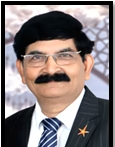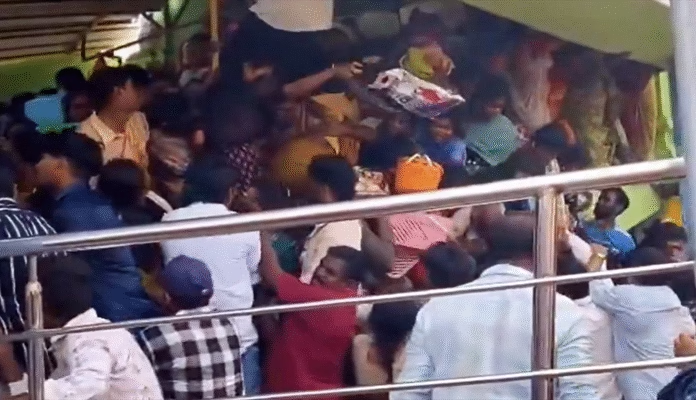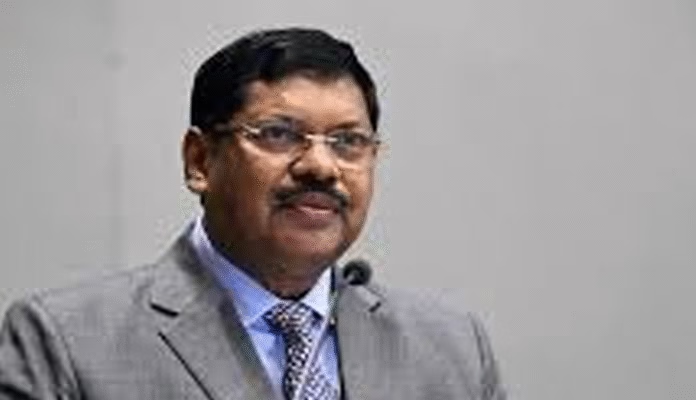
 Divorce, today, has entered the average Indian home — which has traditionally been the last line of defense for any society like ours. It is rightly said, “The impact of divorce on children can be deep and lifelong.” Marriage is no longer regarded as a sacred institution, and divorce is no longer seen as a social stigma.
Divorce, today, has entered the average Indian home — which has traditionally been the last line of defense for any society like ours. It is rightly said, “The impact of divorce on children can be deep and lifelong.” Marriage is no longer regarded as a sacred institution, and divorce is no longer seen as a social stigma.
Marriages are changing because women are changing — both in metropolitan cities and in smaller towns. A growing number of Indians are now approaching divorce courts, seeking to escape unhappy marriages and assert their newfound independence. The number of broken families has increased as divorce has become more accessible and less taboo.
Society has long treated divorce as a social and moral failure. There may be a thousand reasons for a marriage to break, yet always at least one reason to compromise. Traditionally, marriages have survived due to moral fear and societal expectations. However, the change in attitude toward divorce reflects the broader process of secularization in Indian society — the gradual decline in the influence of religion on personal and social life.
For many, divorce is still not a happy or easy option. In Hinduism, marriage is considered an unbreakable union — a sacred bond, regardless of whether it brings happiness or sorrow. Divorce signifies the legal termination of that bond — a decree that dissolves marital relations. It ends the legal existence of a marriage, allowing the couple to no longer be referred to as husband and wife.
Historically, in Hindu society, marriage was viewed as a permanent and sacred bond, and the dissolution of such a union was seen as improper. However, when couples reach a point where they can no longer live together, divorce becomes the only viable solution. The greatest casualty in a divorce is often not the relationship itself but the children. Many children of divorced parents live a “volleyball” existence — emotionally tossed from one parent to the other without a safety net.
Marriage is not just the union of two individuals, but of two families. Despite this, divorce rates in India have steadily increased over recent decades. The causes of marital breakdown in India differ significantly from those in Western societies. Still, several social and economic factors have contributed to the rising divorce rate here. The legal system has also evolved, institutionalizing changing attitudes through reforms that make divorce easier and more accessible.
Legislative changes have responded to the emotional suffering of individuals trapped in ‘empty-shell’ marriages — relationships that exist only in name. These laws provide legal grounds for separation, acknowledging the emotional and psychological needs of spouses.
According to a World Press Review report from 1987, the rise in divorce rates has led major Indian cities to establish “reconciliation bureaus” to support estranged couples and encourage mediation. For better or worse, divorce has now become an accepted way out of troubled marriages.
The age-old image of the pati-parmeshwar — the husband as god — has been dismantled over time. Interestingly, in many divorce cases today, men are even willing to return whatever they received as dowry — a significant shift in attitude.
This raises an important question: How do we address this growing trend? Will divorce become the norm? If so, are we heading toward a future where the fabric of Indian society, as we know it today, might cease to exist?



